 |
 |
 |
| |
Liver-Derived Progenitor Cells Ease Fibrosis, Inflammation in NASH
|
| |
| |
EASL Congress 2023, June 21-24, Vienna
Mark Mascolini
Infusions of human allogeneic liver-derived progenitor cells (HALPC, HepaStem) eased fibrosis, quelled inflammation, and improved other markers of worsening cirrhotic and precirrhotic nonalcoholic steatohepatitis (NASH) in a European trial enrolling 23 people [1]. No therapy has been licensed to treat NASH in Europe or the United States.
HALPC, derived from stem cells collected from healthy donated organs [2], may help control NASH in several ways, noted HEP201 (PANASH) investigators from 6 European countries, including promoting immunomodulatory effects, reining in systemic and liver tissue inflammation, limiting activation of stellate cells (which spur liver fibrosis), and fostering survival and proliferation of liver cells.
A prior open-label phase 2 trial of HALPC (HepaStem) in 24 people with acute-on-chronic liver failure and acute decompensation found that this strategy gradually lowered markers of systemic inflammation and altered liver function in surviving participants [3]. At day 28 and month 3, survival stood at 83% and 71%, and no one had acute-on-chronic liver failure at month 3.
Researchers in 6 European countries recruited people with advanced (stage F3 or F4) NASH to receive a single infusion or 3 repeated weekly infusions of 500,000 or 1 million cells of HepaStem per kilogram of body weight. Follow-up continued for 6 months after infusion.
The 23 study participants averaged 56.5 years in age; 11 had F3 fibrosis and 12 had F4, and all had compensated cirrhosis except for 2 with early decompensation (total bilirubin above 2 mg/dL). Eighteen participants were obese and 5 were overweight. Fourteen had type 2 diabetes, and 8 had abnormal lipids.
Participants tolerated up to 3 infusions of 1 million cells of HepaStem. Researchers recorded no dose-limiting toxicity, and no adverse events led people to withdraw from the trial. Of the 4 serious adverse events, clinicians regarded 2 of them as possibly related to study drug: a mild ischemic stroke (in a person with hypertension, diabetes, and carotid plaques) and a resected dysplastic liver nodule (which was noted before the study began). Transitory anti-HLA class 1 or 2 donor-specific antibodies developed in 3 people (13%) on day 28 and/or at month 3.
Researchers recorded several efficacy markers (but did not report measures of liver cell proliferation): Liver enzymes ALT and AST, mildly elevated when the study began, ebbed toward normal levels at month 6, especially in people with F3 fibrosis. Bilirubin and triglycerides slowly declined through 6 months, particularly in people who had high levels when treatment began. Adiponectin levels improved in 70% of participants by day 28.
Model for end-stage liver disease (MELD) scores, which were already low when the study began, fell farther with HALPC infusion. Fibrosis gauged by APRI and FIB-4 scores tended to wane through 6 months, particularly in people who started with F3 NASH. The inflammation marker IL-6 drifted downward through 28 days, especially in people with high starting IL-6 levels. Other inflammation signals (CRP, IFN-gamma, TNF-alpha) were initially low and stayed low throughout the study. The researchers saw no decompensation of cirrhosis.
A phase 1 randomized placebo-controlled trial of HepaStem for people with acute-on-chronic liver failure is recruiting participants [4].
References
1. Francque S, Moreno C, Saliba F, et al. Safety, tolerability, and preliminary efficacy of ascending doses of human allogeneic liver-derived progenitor cells (HepaStem) in patients with cirrhotic and pre-cirrhotic non-alcoholic steatohepatitis (NASH). EASL Congress 2023, June 21-24, Vienna. Abstract TOP-077.
2. Najimi M, Khuu DN, Lysy PA, et al. Adult-derived human liver mesenchymal-like cells as a potential progenitor reservoir of hepatocytes? Cell Transpl. 2007;16:717-728. doi: 10.3727/000000007783465154. https://pubmed.ncbi.nlm.nih.gov/18019361/
3. Nevens F, Gustot T, Laterre PF, et al. A phase II study of human allogeneic liver-derived progenitor cell therapy for acute-on-chronic liver failure and acute decompensation. JHEP Rep. 2021;3:100291. https://www.jhep-reports.eu/article/S2589-5559(21)00067-7/fulltext
4. ClinicalTrials.gov. Study to evaluate the efficacy and safety of HepaStem in patients with acute on chronic liver failure (ACLF) (DHELIVER). ClinicalTrials.gov identifier NCT04229901. https://clinicaltrials.gov/ct2/show/NCT04229901
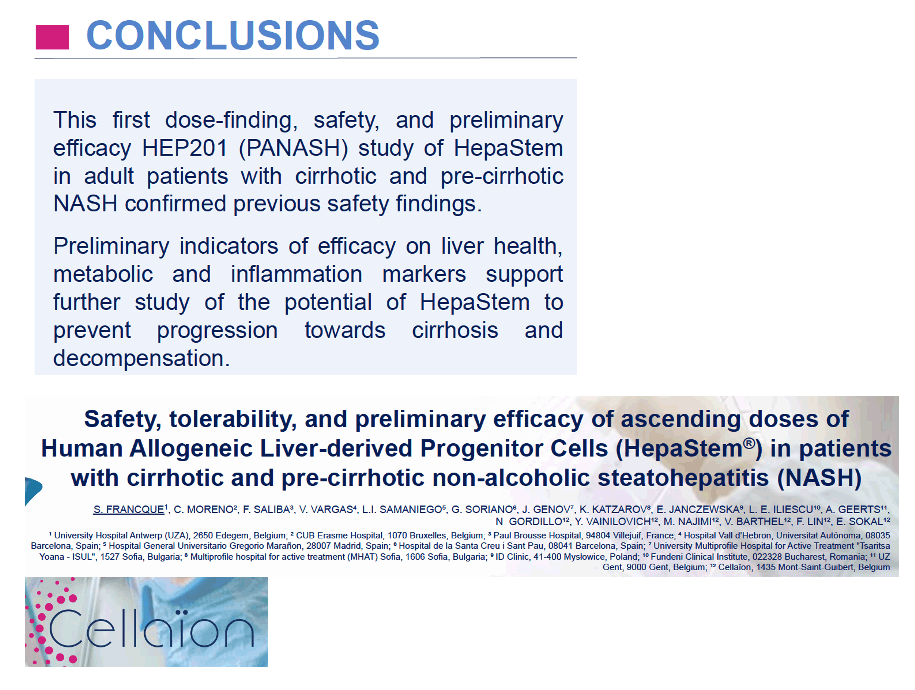
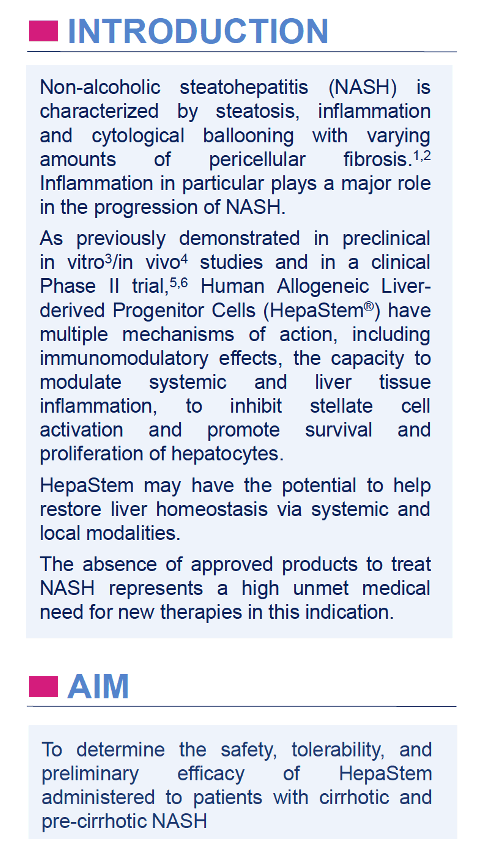
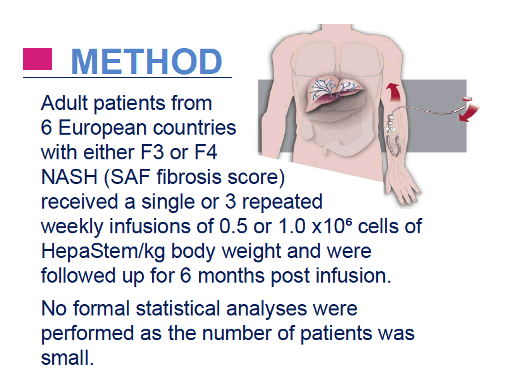
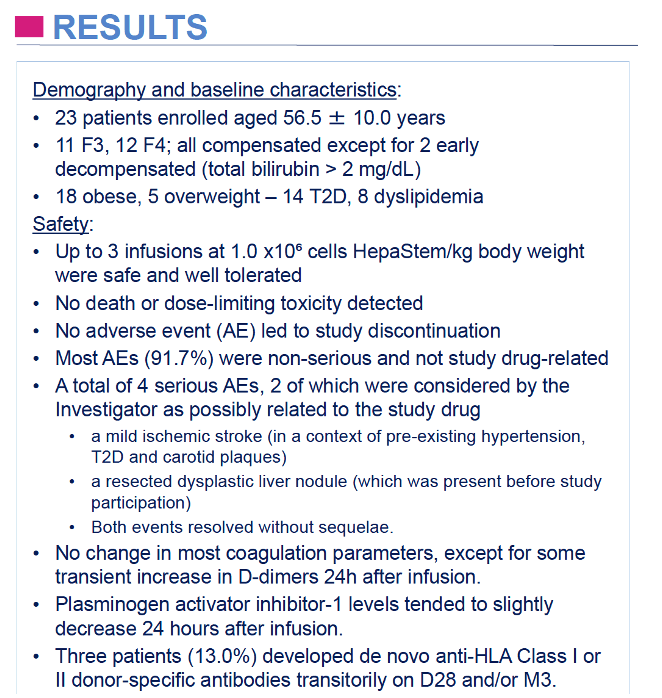
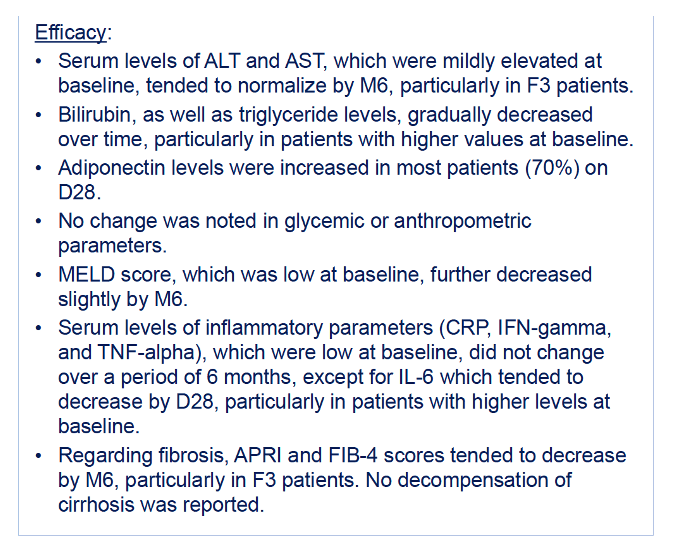
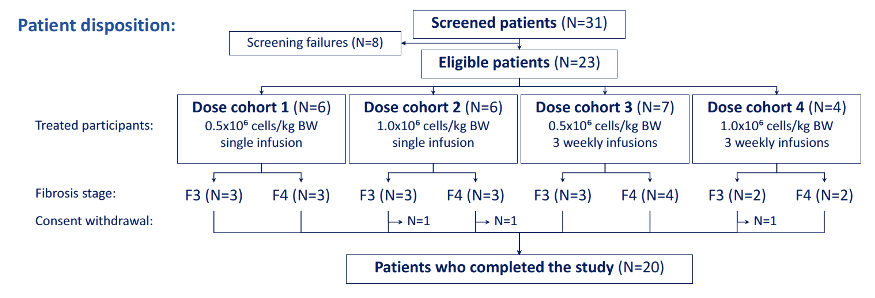
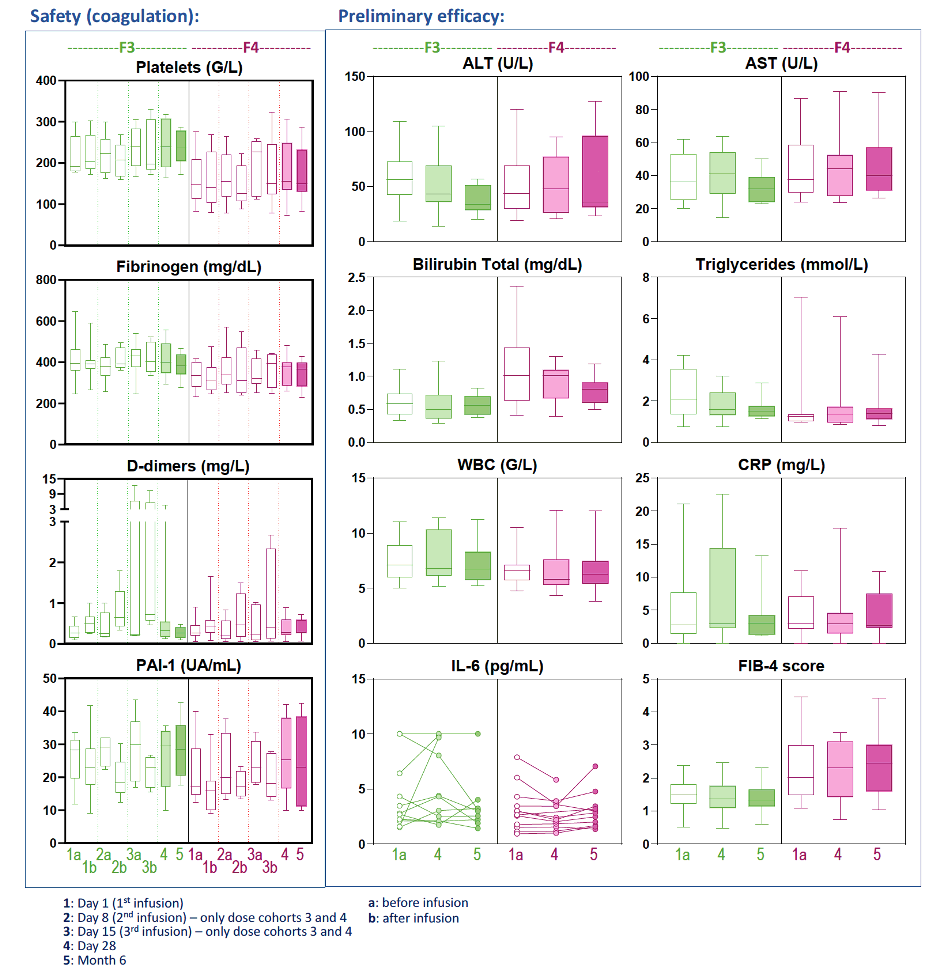
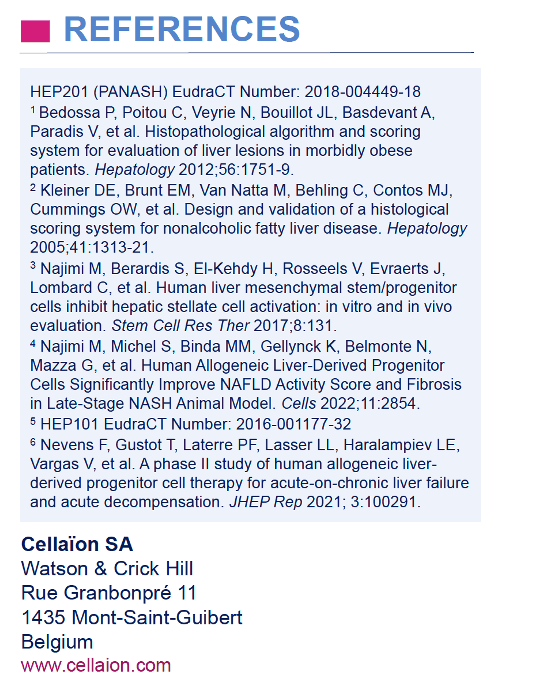
|
| |
|
 |
 |
|
|